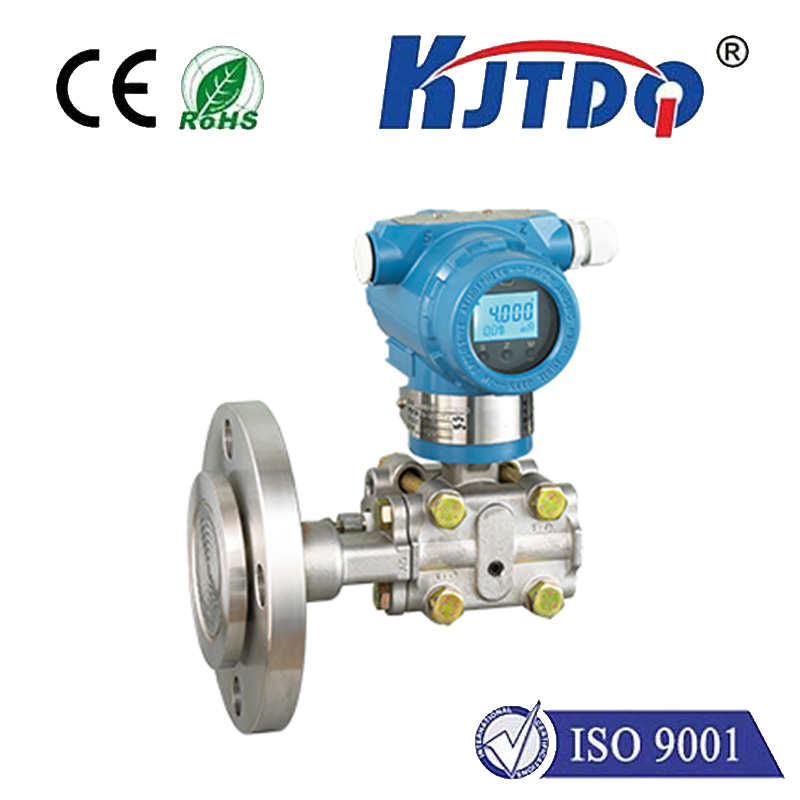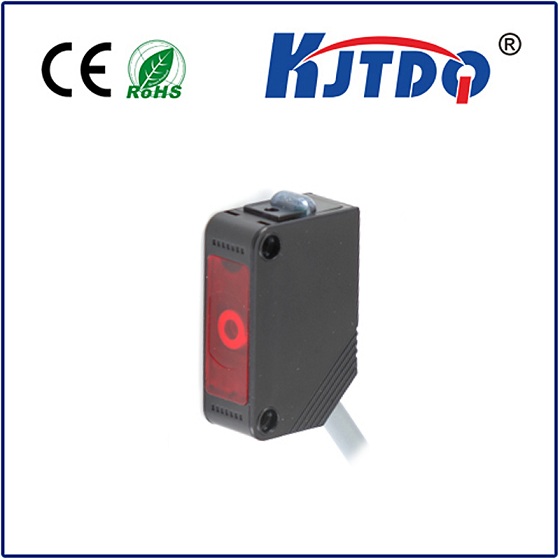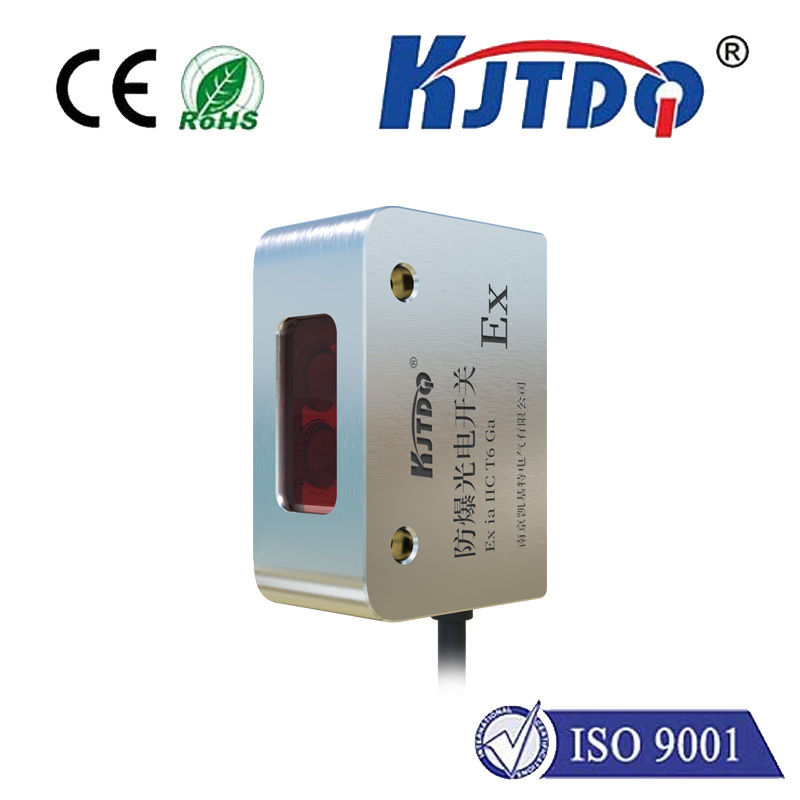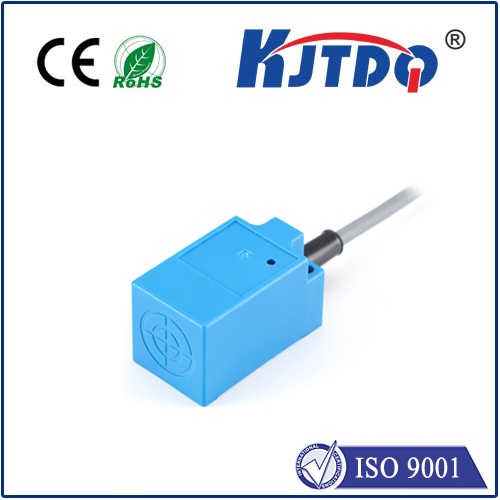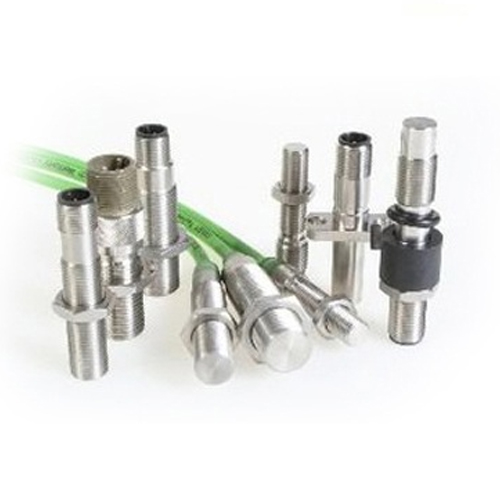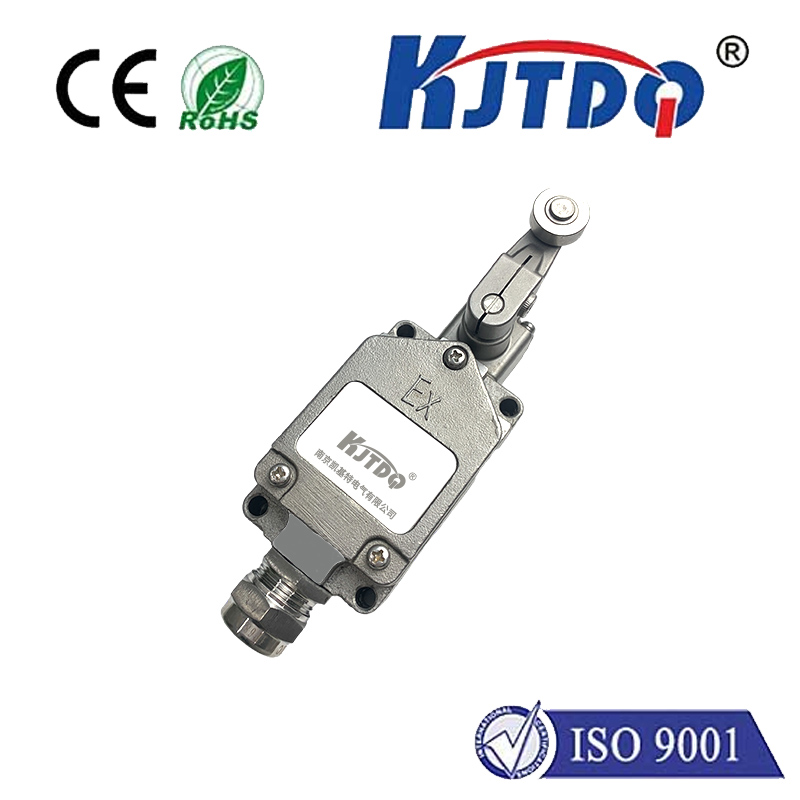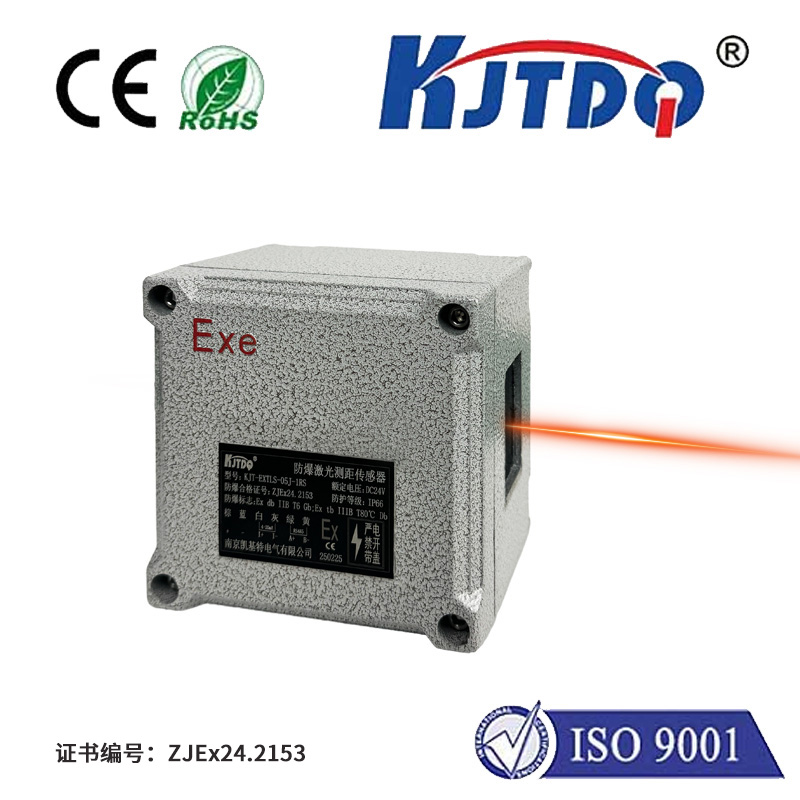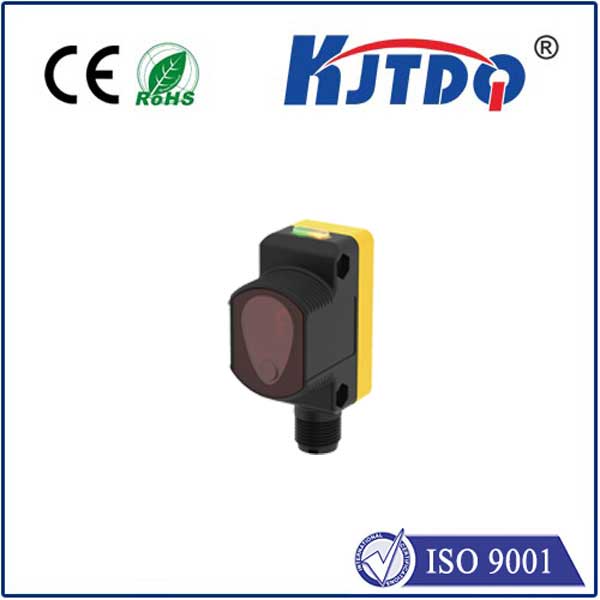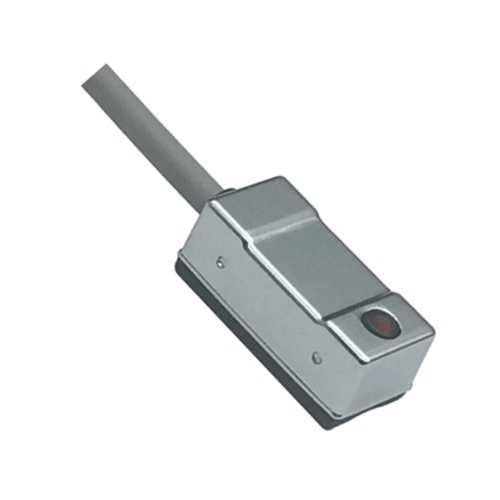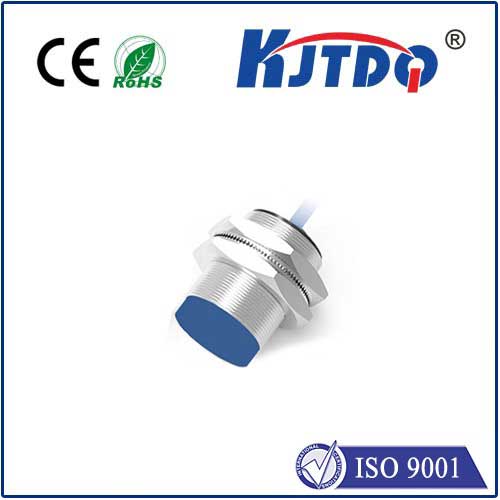infrared proximity sensor
- time:2025-07-01 12:52:09
- Нажмите:0
The Invisible Guardian: How Infrared Proximity Sensors Shape Our Tech World
Ever marveled at how your smartphone screen instantly dims when held to your ear during a call? Or wondered how a robot vacuum cleaner gracefully dodges your furniture? The silent hero enabling these seemingly magical interactions is often an infrared proximity sensor. This unassuming piece of technology, operating beyond the spectrum of visible light, is fundamental to countless modern devices, providing touchless detection and enhancing user experience.
Understanding the Core Principle: Light Beyond Sight
At its heart, an infrared proximity sensor works on a beautifully simple principle: emitting invisible infrared light and detecting its reflection. The sensor comprises two key components: an infrared emitter (usually an IR LED) and an infrared receiver (typically a photodiode or phototransistor). The emitter projects a beam of IR light outward. When an object enters the sensor’s detection range, some of this emitted light bounces back and strikes the receiver. The sensor’s circuitry then analyses this reflected signal.
The magic lies in the interpretation of this reflection. The presence of reflected light indicates an object is nearby. Crucially, the intensity of the reflected signal often correlates with the distance to the object. A stronger reflection typically means the object is closer, while a weaker reflection suggests it’s farther away. This simple cause-and-effect relationship forms the bedrock of proximity detection using infrared technology. It effectively creates an invisible proximity zone around the sensor.
How They See Without “Seeing”: Detection Techniques

While the core principle remains constant, the specific method of inferring proximity can vary:
- Intensity-Based Detection: The most common and cost-effective approach. The sensor simply measures the amplitude of the reflected IR light. Closer objects reflect more light, resulting in a higher signal at the receiver. A threshold is set; when the signal exceeds it, an object is deemed present. Distance estimation is somewhat approximate but effective for simple on/off proximity detection.
- Triangulation: Some advanced sensors use triangulation principles similar to structured light systems. The emitter projects a known pattern, and the receiver detects its deformation upon reflection. While more complex, this method can offer more accurate distance measurement.
- Time-of-Flight (ToF): High-precision sensors measure the actual time it takes for a pulse of IR light to travel to the object and back. Knowing the speed of light allows for highly accurate calculation of distance. Though less common in basic proximity sensors, ToF IR sensors represent a high-end solution.
The Ubiquitous Presence: Where IR Proximity Sensors Shine
The applications for IR proximity sensors are remarkably diverse, driven by their reliability, relatively low cost, and non-contact nature:
- Smartphones & Tablets: As mentioned, they detect when a phone is held to the ear, turning off the display to save power and prevent accidental touches. They also enable gesture control above the screen in some devices.
- Промышленная автоматизация: On factory floors, they provide object presence detection on conveyor belts, signaling robots for pick-and-place operations, counting items, and ensuring safety by ensuring machinery operates only when objects are correctly positioned. Their robustness makes them suitable for harsh environments.
- Consumer Electronics: Found in automatic soap/toilet paper dispensers, touchless faucets, automatic hand dryers, printer paper jams detection, and interactive kiosks to activate displays when a user approaches.
- Robotics: Essential for obstacle avoidance and navigation. Enables robots like vacuum cleaners, drones, and collaborative robots (cobots) to sense nearby objects or walls and maneuver safely. This enhances autonomous navigation capabilities.
- Automotive: Used in systems like automatic trunk opening (“kick-to-open”), driver alertness monitoring (detecting head position), and rain sensors (detecting droplets on the windshield).
- Appliance Integration: Found in some modern TVs to detect user presence and turn on/off the screen, or in smart lighting systems to activate lights upon proximity.
Key Advantages Driving Adoption
Why is the IR proximity sensor so widely favored?
- Non-Contact Detection: Objects are detected without physical touch, eliminating wear and tear and enabling detection of sensitive materials.
- Low Power Consumption: Especially important for battery-powered devices like smartphones. They can operate efficiently on minimal power.
- High Speed: Detection and response times are extremely fast, enabling real-time interaction and control.
- Compact Size: Modern sensors are incredibly small and lightweight, easily fitting into portable and miniaturized electronics.
- Cost-Effectiveness: Mass production keeps unit costs low, making them viable for high-volume consumer products.
- Material Agnosticism (Generally): While performance can vary, they often detect a wide range of materials and surface finishes.
| Особенности |
Benefit |
Typical Application Context |
| Detection Range |
Determines operational distance |
Short-range (phones) vs longer-range (robotics) |
| Ambient Light Suppression |
Resists interference from sunlight/room light |
Critical for reliable outdoor/industrial use |
| Время отклика |
Speed of detection |
Fast response needed for safety systems |
| Power Consumption |
Battery efficiency |
Vital for portable electronics |
| Interface |
How it communicates (digital/analog) |
Ease of integration with controllers |
Important Considerations
While powerful, IR proximity sensors aren’t universal solutions. Certain factors can impact performance:
- Ambient Infrared Light: Strong sunlight or other bright IR sources can flood the receiver, making it harder to distinguish the emitted signal. Modern sensors incorporate sophisticated ambient light rejection circuitry to mitigate this.
- Object Properties: Highly transparent objects (like clear glass) or objects with very low reflectivity (like matte black surfaces) may be difficult to detect, as they reflect minimal IR light. Material and color can influence detection reliability.
- Detection Range Limitation: Each sensor has a specified operating range. Objects too close might saturate the receiver, while objects too far won’t reflect enough detectable light. Choosing the right sensor for the required distance is crucial.
- Direct Sunlight Interference: Although ambient light rejection helps, extremely bright, direct sunlight can still pose challenges for some sensor designs.
The Future is Bright (and Infrared)
As technology evolves, so do infrared proximity sensors. Integration with other sensing modalities (like ambient light sensors or IMUs) creates smarter context-aware systems. Advances in IR LED efficiency and receiver sensitivity promise even lower power consumption and greater range. Miniaturization continues, enabling new form factors and applications. The demand for intuitive, touchless interfaces in consumer electronics, industrial automation, healthcare, and smart homes ensures that these “invisible guardians” will remain indispensable components, silently shaping how our devices and machines interact with the physical world. Their ability to provide reliable, non-contact presence detection underpins a future increasingly reliant on seamless human-machine interaction.

